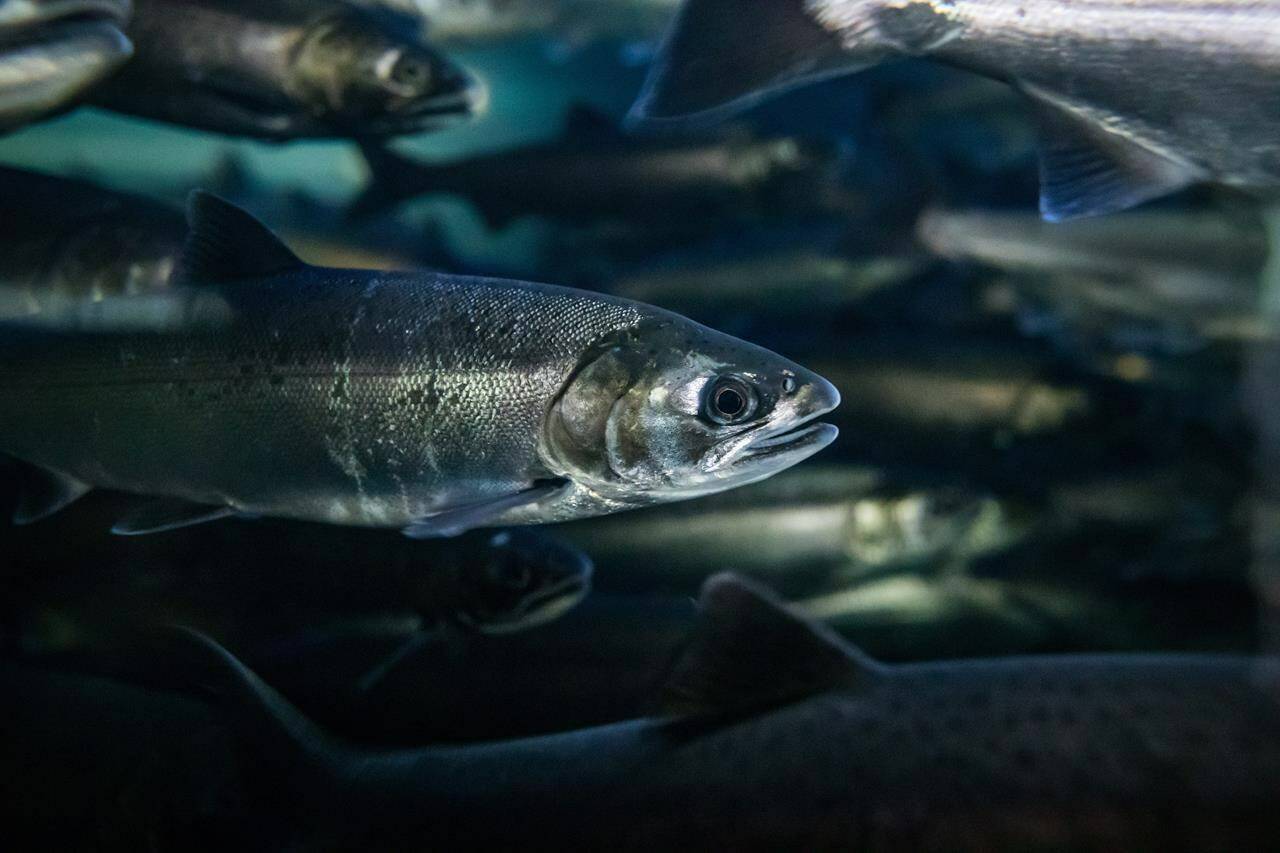The federal government is offering to buy Pacific salmon commercial fishing licences from those looking to get out of the declining industry as it tries to protect the fish that remain.
Fisheries and Oceans Canada has earmarked $123 million for the voluntary retirement program and two future initiatives that will dispose of derelict vessels and allow Indigenous communal commercial licence holders to switch to another species.
About 1,300 commercial licence holders with a full- or reduced-fee salmon troll, gillnet or seine licence are eligible for the voluntary retirement program.
The government plans to buy licences using a “reverse auction” where licensees set the price they want, and the government decides what it’s willing to pay based on annual reports that lay out market value.
The expectation is there will be multiple rounds of auctions until 2026.
Neil Davis, regional director of fisheries management, said there is no way to know how many licence holders will take the government up on its offer, but the goal is to end up with a “substantial reduction” in fleet size.
“The purpose of this program is really to support that transition to a smaller commercial harvesting sector that is better aligned with the scope of harvest opportunity in the fishery for the foreseeable future,” he said.
Fisheries and Oceans has said many salmon stocks are declining to “historic lows” due to the effects of climate change, habitat loss and other threats.
Those who decide to retire their licence could also qualify for vessel and gear disposal costs.
Davis said the government will be working with harbour authorities on the details of the program so that they can efficiently collect vessels and gear and ensure they have a place to go for safe disposal.
Applications for a new Indigenous communal commercial licence program are expected to go out this winter.
About 700 licences issued to First Nations on behalf of their community qualify for the program. It would allow the nations to voluntarily exchange those licences for funding and access to a different fish.
Duncan Stephen, director of Indigenous programs, said the government is willing to help with costs associated with the transition.
“There is support contemplated in the program for incremental costs associated with things like gear modifications or upgrades, vessel modifications, training or other capacity that might be needed to make that transition to non-salmon species,” he said.
The funding for all three programs is part of a nearly $650-million Pacific Salmon Strategy Initiative announced last year.
Davis said the new programs are just one piece of work that needs to be done to protect salmon.
“We also need to address the other things that have the potential to impact them and whether that’s the quality of their habitat, or what we do to use hatcheries to support some of our conservation goals, or what we do to build resilience in populations such that they’re able to adapt to things that are changing in their broader natural environment,” he said.
“So, this is only one piece of what will be a much broader effort to address what we think is the key threats to salmon are, which we have some ability to affect.”
—Ashley Joannou, The Canadian Press
RELATED: DFO inadequately rebuilding B.C. salmon stocks: Audit
RELATED: Is road salt killing salmon in B.C.? Researchers look to study impacts

